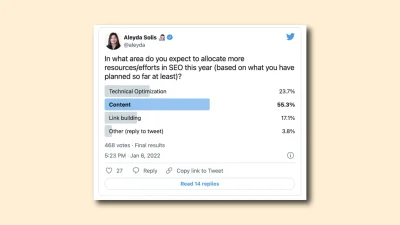How keywords are matched to searches

Keywords are linked to ads in several ways. The types of search types determine how strongly the keyword should match the visitor’s search query. In the event of a match, the ad is eligible for auction. In this blog, we discuss the different match types for search terms.
Match type options for keywords
There are 5 different match options for searches. Below we briefly explain what options these are and exactly how they work.
- Broad match: displayed when a keyword (or variant thereof) is used in a search term);
- Modified broad match: by placing a ‘+’ in front of the keywords, this modifier is used. This means that adds are shown only when these keywords (or a slight variation of them) are used together as part of the search term;
So ads for blue ladies bike are then displayed only if both “blue” and “ladies bike” are entered in the search engine. - Phrase match: by placing “” around the words, it becomes a sentence (phrase). The ads are then displayed only when the keywords in the phrase (or minor variations of those words) are used. No additional words may then be used between the words in the phrase.
- Exact match: by placing () around the keywords, ads are shown only if the query matches your keyword (or a slight variation of it). There should be no other words before or after the search term.
- Negative: by putting a keyword in front of a keyword, this keyword is considered a negative word and adds are not shown when this word has been used in the search term.
Depending on your business goal (such as generating more visitors to your website, higher brand awareness or more conversions), certain match types may be more valuable to your business than others.(1)
Dynamic Search Ads (DSA).
DSA uses crawlers to look at your chosen website pages and compare them to the potential customer’s search term. If the client’s search term matches, DSA automatically generates a text add for the client to click on (except for the description, which must be written in advance in a template). DSA has the advantage of helping find keywords you didn’t think of yourself. It is efficient and a time saver and offers the user more control. (2)

DSA targeting options:
- Landing pages from standard ad groups
contains all web pages that act as landing pages. - Categories
Specific pages chosen by advertiser and categorized by Google into themes. For example, in an online electronics store, you can target a digital camera category. - URL contains
Target web pages that contain a certain string “…”. - URL is
Targeting specific URLs. - Page feeds
A feed with specific URLs that can be linked to custom labels. Label all products with the custom label.
Among other things, DSA is recommended when your business goals resemble this:
- I want to be able to enter a new market quickly
- I also want to be found through long-tail search terms
- I want my ads to display for more relevant searches
- About keyword matching options – Google Ads Help. (s.d.). https://support.google.com/google-ads/answer/7478529?hl=en
- About Dynamic Search Ads – Google Ads Help. (s.d.). https://support.google.com/google-ads/answer/2471185?hl=en






